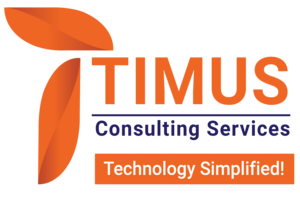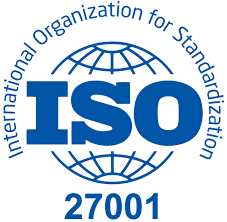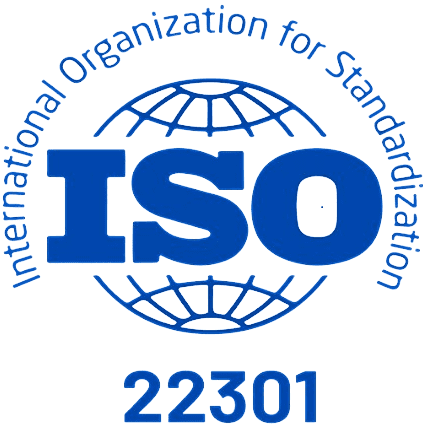Introduction
On a seemingly ordinary Friday, July 20, 2024, the world experienced a digital hiccup that would reverberate through industries and economies. A faulty update from cybersecurity giant CrowdStrike resulted in a widespread Blue Screen of Death (BSOD) on countless Windows systems. This incident, while seemingly isolated, serves as a stark reminder of the fragility of our digital infrastructure and the potential consequences of even minor errors in cybersecurity.
The Domino Effect
The impact was far-reaching. From airports to banks, hospitals to government agencies, businesses of all sizes were brought to a standstill. The chaos created a perfect storm for cybercriminals, who capitalized on the confusion by launching phishing attacks and spreading malware.
Understanding the Root Cause: A Systemic Breakdown
While the immediate cause of the CrowdStrike incident was a faulty update, the underlying issue was a systemic failure in multiple areas:
- Software Development Lifecycle (SDLC): The incident highlights the critical need for rigorous testing and quality assurance at every stage of the SDLC. This includes unit testing, integration testing, system testing, and user acceptance testing. Moreover, the concept of “shift-left testing” should be emphasized, where security testing is integrated into the early stages of development.
- Incident Response Planning and Execution: While CrowdStrike likely had an incident response plan, its effectiveness was evidently compromised. This underscores the importance of regular tabletop exercises, real-time communication channels, and automated response mechanisms.
- Dependency Management: The reliance on a single vendor for critical infrastructure exposed vulnerabilities. Organizations must diversify their vendor base and implement robust vendor risk management programs.
- Supply Chain Security: The incident underscores the need for heightened security measures throughout the entire software supply chain. This includes securing the development environment, code repositories, and distribution channels.
The Role of GRC in Prevention
Governance, Risk, and Compliance (GRC) is not merely a compliance exercise; it’s a strategic framework for managing organizational risk. In the context of cybersecurity, GRC can be a powerful tool for preventing incidents like the CrowdStrike one.
- Risk Identification and Assessment: GRC frameworks can help identify potential vulnerabilities, including those related to software updates, vendor dependencies, and supply chain risks.
- Policy and Procedure Development: Clear and comprehensive policies and procedures should be established for software development, testing, deployment, and incident response.
- Continuous Monitoring and Evaluation: GRC involves ongoing monitoring of the organization’s risk profile and the effectiveness of implemented controls.
- Incident Response Integration: GRC can be integrated with incident response plans to ensure a coordinated and effective response.
Leveraging AI for Enhanced Protection
Artificial Intelligence (AI) is undoubtedly a game-changer in the realm of cybersecurity. Its ability to process vast amounts of data, identify patterns, and learn from experience has the potential to revolutionize how we defend against cyber threats. However, it’s essential to approach AI with a critical eye, recognizing its potential pitfalls as well.
- Enhanced Threat Detection: AI-powered systems can analyze network traffic, user behavior, and system logs to identify anomalies that may indicate a cyberattack. Machine learning algorithms can evolve over time to detect new and emerging threats.
- Automated Response: AI can automate routine security tasks, such as patch management and vulnerability scanning, freeing up human experts to focus on more complex challenges.
- Incident Response Acceleration: AI can rapidly analyze incident data to identify the root cause, contain the breach, and implement remediation steps.
- Predictive Analytics: By analyzing past attack patterns, AI can predict potential future threats, allowing organizations to proactively strengthen their defenses.
A Holistic Approach
To truly safeguard against future crises, a multifaceted approach is required consisting a combination of technical, organizational, and human factors.
- Security Culture: Fostering a strong security culture is crucial. Employees at all levels should be aware of their role in protecting the organization’s assets.
- Emerging Technologies: Organizations should explore the potential of emerging technologies like artificial intelligence and machine learning for threat detection and response.
- Industry Collaboration: Sharing threat intelligence and best practices with industry peers can help identify and address common vulnerabilities.
- Regulatory Compliance: Adherence to relevant cybersecurity regulations can provide a solid foundation for risk management.
The CrowdStrike incident serves as a stark reminder that the cybersecurity landscape is constantly evolving. By learning from past mistakes and proactively addressing vulnerabilities, organizations can build a more resilient future. It is imperative to invest in robust security measures, foster a culture of vigilance, and stay ahead of the ever-changing threat landscape.
About us
We are Timus Consulting Services, a fast-growing, premium Governance, Risk, and compliance (GRC) consulting firm, with a specialization in the GRC implementation, customization, and support.
Our team has consolidated experience of more than 15 years working with financial majors across the globe. Our team is comprised of experienced GRC and technology professionals that have an average of 10 years of experience. Our services include:
- GRC implementation, enhancement, customization, Development / Delivery
- GRC Training
- GRC maintenance, and Support
- GRC staff augmentation
Our team
Our team (consultants in their previous roles) have worked on some of the major OpenPages projects for fortune 500 clients across the globe. Over the past year, we have experienced rapid growth and as of now we have a team of 15+ experienced and fully certified OpenPages consultants, OpenPages QA and OpenPages lead/architects at all experience levels.
Our key strengths:
Our expertise lies in covering the length and breadth of the IBM OpenPages GRC platform. We specialize in:
- Expert business consulting in GRC domain including use cases like Operational Risk Management, Internal Audit Management, Third party risk management, IT Governance amongst others
- OpenPages GRC platform customization and third-party integration
- Building custom business solutions on OpenPages GRC platform
Connect with us:
Feel free to reach out to us for any of your GRC requirements.
Email: Business@timusconsulting.com
Phone: +91 9665833224
WhatsApp: +44 7424222412
Website: www.Timusconsulting.com





